Of all our tagged Cuckoos, Wilfrid is the bird who has gone furthest south at this time, and he is currently in north-west Angola, close to the mouth of the mighty Congo River.
He has travelled in excess of 9,000 km (5,592 miles) since leaving his Suffolk breeding grounds in July!

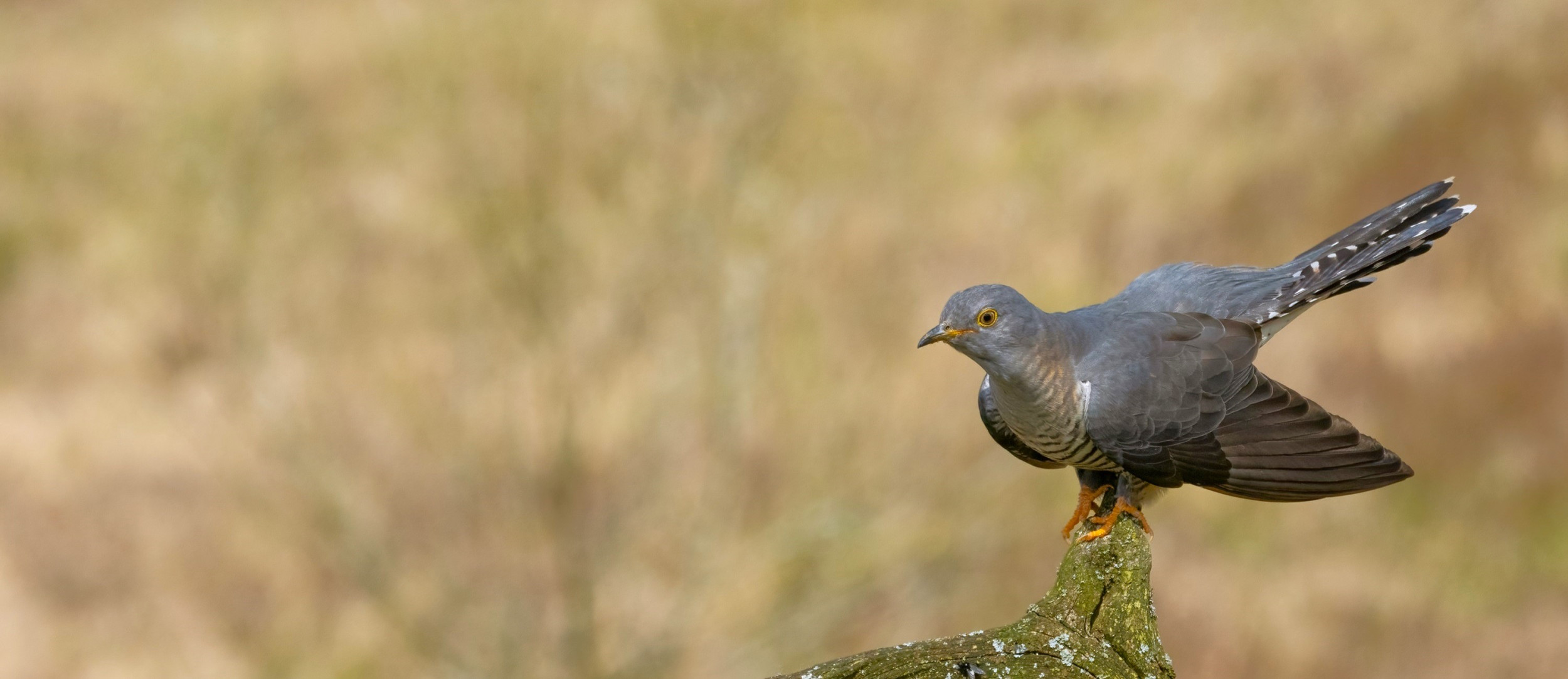
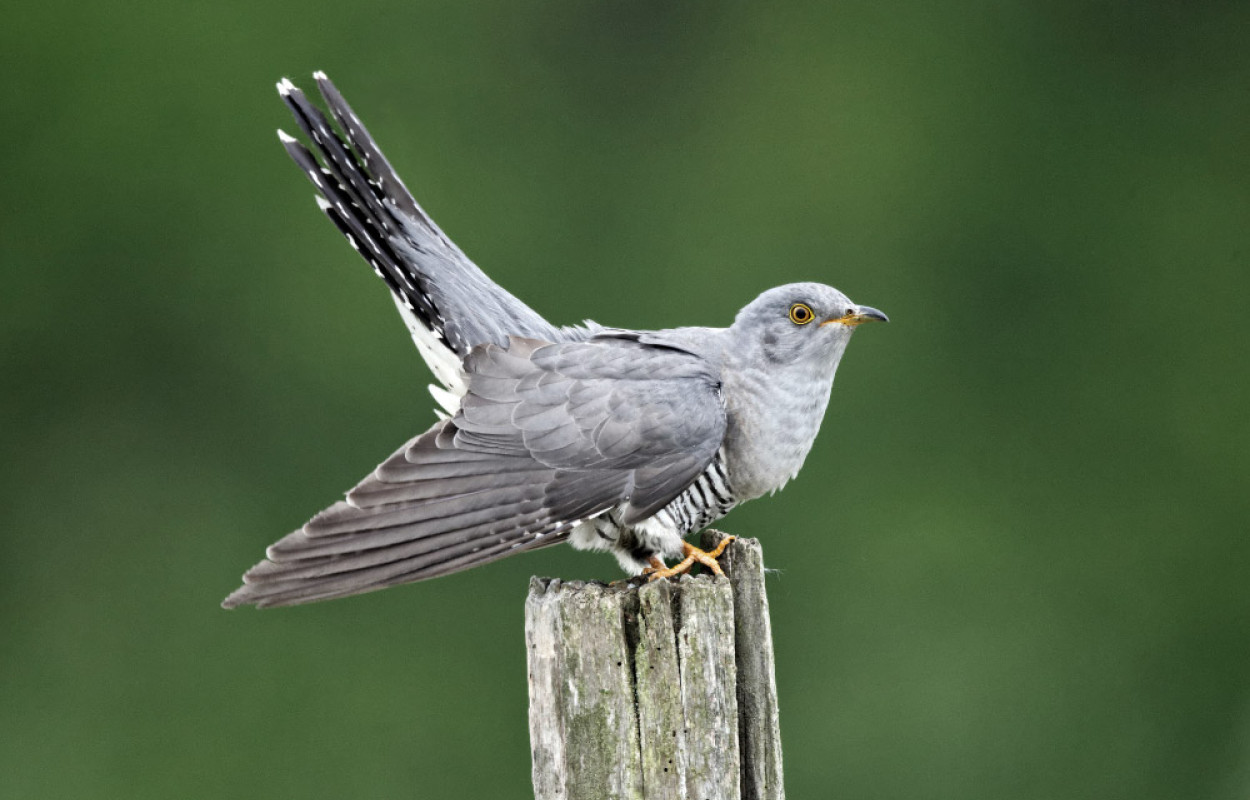
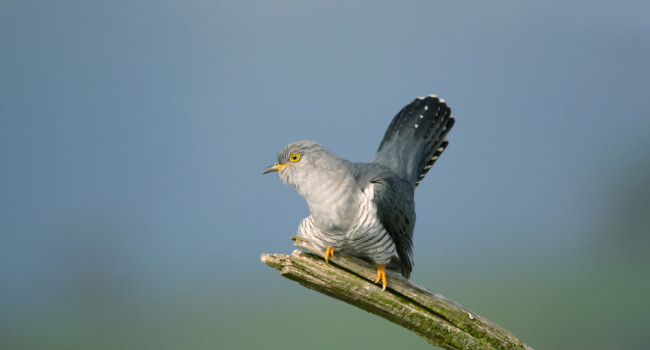
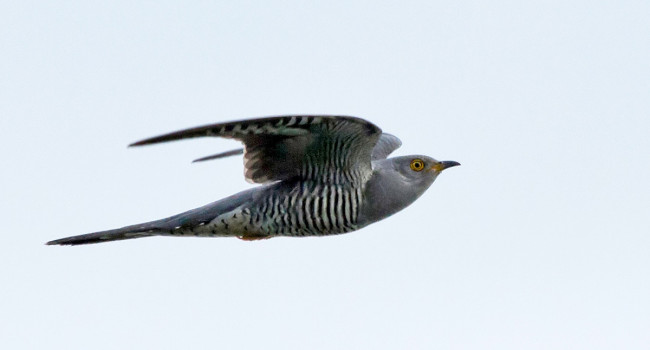
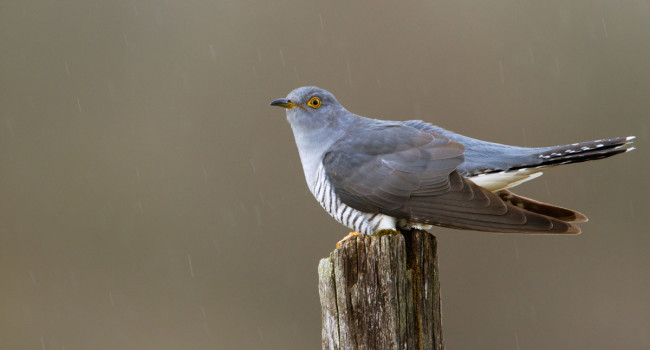

Share this page